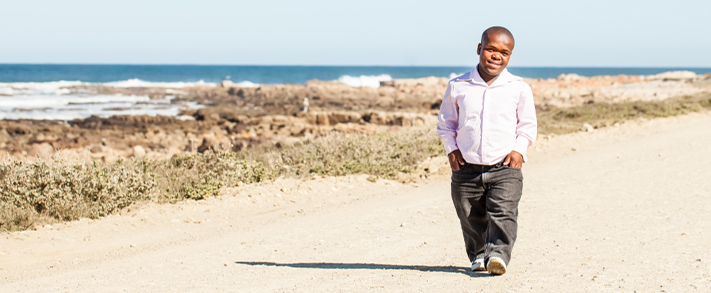Restricted growth is a disorder that affects the growth and development of the human skeletal frame. The growth disorder has been recorded in around one hundred different medical conditions, which makes diagnosis and treatment sometimes problematic. However, restricted growth conditions can be placed into two distinct categories.

Proportionate short stature
Proportionate short stature is a restricted growth condition where growth is reduced evenly throughout the body. Simply put the length of the abdomen and chest, otherwise known as the trunk of the body, remains in normal proportion with the development of the arms and legs.
In most cases, adults with the condition will not reach any more than 152cm.
Disproportionate short stature
Disproportionate short stature is a restricted growth condition which happens when irregularities occur in the development of joints and bones in the human body. In contrast to proportionate short stature, limbs may be shorter and out of proportion to the development of the skeletal trunk, while a severe lack of all over body growth is also a prominent feature of the condition. Unlike proportionate short stature, there is no direct link to being born to parents of short stature.
Seven in ten people with a disproportionate growth disorder have the condition type known as achondroplasia, which means they are born with an average sized skeletal trunk but shorter legs and arms, with the upper section of the arm usually the most affected. Others may suffer spondyloepiphyseal dysplasia congenital or SEDC for short. This variation means a reduction in the growth of all areas of the body other than the hands and feet which grow at an average rate.
On the whole, disproportionate growth conditions do not affect any of the normal capacities of a human being. Only when a secondary concern such as an excess of fluid on the brain, otherwise known as hydrocephalus, occurs is there a risk of impairment. People with this condition can usually only grow to around 137cm in height.
